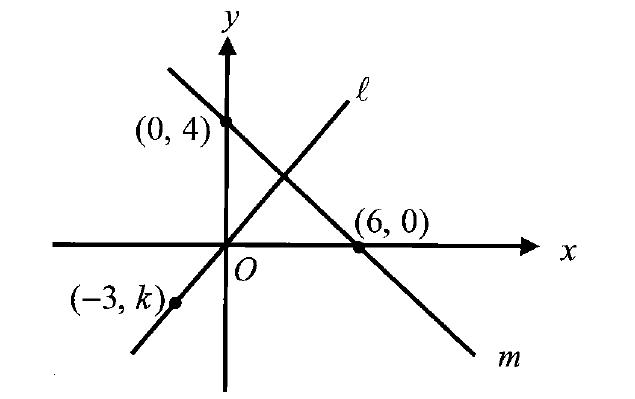FINDING MISSING MEASURES IN SIMILAR TRIANGLES
Because corresponding angles are congruent and corresponding sides are proportional in similar triangles, we can use similar triangles to solve real-world problems.
Example 1 :
While playing tennis, David is 12 meters from the net, which is 0.9 meter high. He needs to hit the ball so that it just clears the net and lands 6 meters beyond the base of the net. At what height should Matt hit the tennis ball ?
Solution :
Step 1 :
Draw an appropriate diagram to the given information.

In the above diagram,
BC = Height of the net
DE = Height of ball when hit
A = Point at where the ball lands
Step 2 :
Let us compare two corresponding angles of triangle ABC and ADE.
Triangle ABC
m∠A (Common angle)
m∠B (Right angle)
Triangle ADE
m∠A (Common angle)
m∠D (Right angle)
Because two angles in one triangle are congruent to two angles in the other triangle, the two triangles are similar.
Step 3 :
Since the triangle ABC and ADE are similar triangles, corresponding side lengths are proportional.
AD/AB = DE/BC
(AB + BD)/AB = DE/BC
Substitute the lengths from the figure.
(6 + 12)/6 = h/0.9
18/6 = h/0.9
3 = h/0.9
Multiply both sides by 0.9
3 ⋅ 0.9 = (h/0.9) ⋅ 9
2.7 = h
So, David should hit the ball at a height of 2.7 meters.
Example 2 :
Jose is building a wheelchair ramp that is 24 feet long and 2 feet high. She needs to install a vertical support piece 8 feet from the end of the ramp. What is the length of the support piece in inches ?
Solution :
Step 1 :
Draw an appropriate diagram to the given information.

In the above diagram,
AB = Height of the chair
CD = Height of the support piece
E = End of the ramp
Step 2 :
Let us compare two corresponding angles of triangle ABE and CDE.
Triangle ABE
m∠E (Common angle)
m∠B (Right angle)
Triangle ADE
m∠E (Common angle)
m∠D (Right angle)
Because two angles in one triangle are congruent to two angles in the other triangle, the two triangles are similar.
Step 3 :
Since the triangle ABE and ADE are similar triangles, corresponding side lengths are proportional.
So, we have
DE/BE = CD/AB
Substitute the lengths from the figure.
8/24 = h/2
1/3 = h/2
Multiply both sides by 2.
(1/3) ⋅ 2 = (h/2) ⋅ 2
2/3 = h
or
h = 2/3 ft
Step 4 :
Convert feet into inches.
Since 1 ft = 12 inches, we have to multiply by 12 to convert ft to inches.
h = (2/3) ⋅ 12 inches
h = 8 inches
So, the length of the support piece is 8 inches.
Kindly mail your feedback to v4formath@gmail.com
We always appreciate your feedback.
©All rights reserved. onlinemath4all.com
Recent Articles
-
Pascal Triangle and Binomial Expansion
Feb 01, 25 10:12 AM
Pascal Triangle and Binomial Expansion - Concept - Examples -
SAT Math Resources (Videos, Concepts, Worksheets and More)
Feb 01, 25 06:26 AM
SAT Math Resources (Videos, Concepts, Worksheets and More) -
Digital SAT Math Problems and Solutions (Part - 106)
Feb 01, 25 06:23 AM
Digital SAT Math Problems and Solutions (Part - 106)

